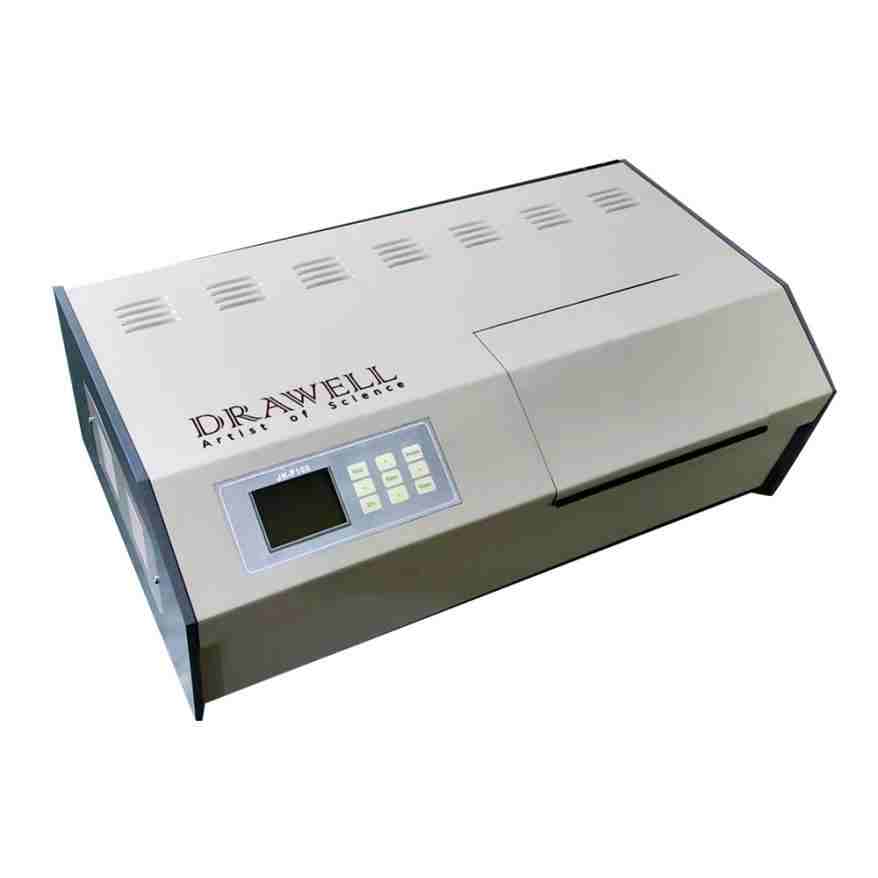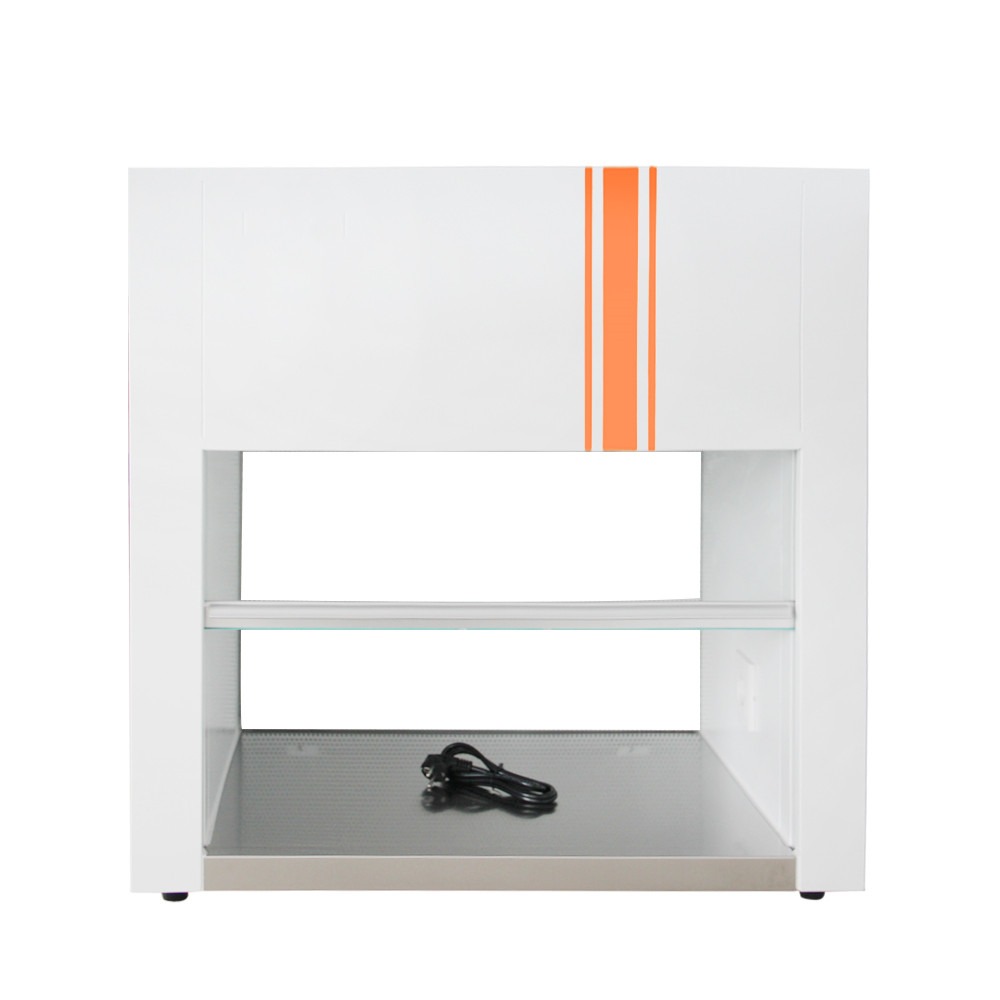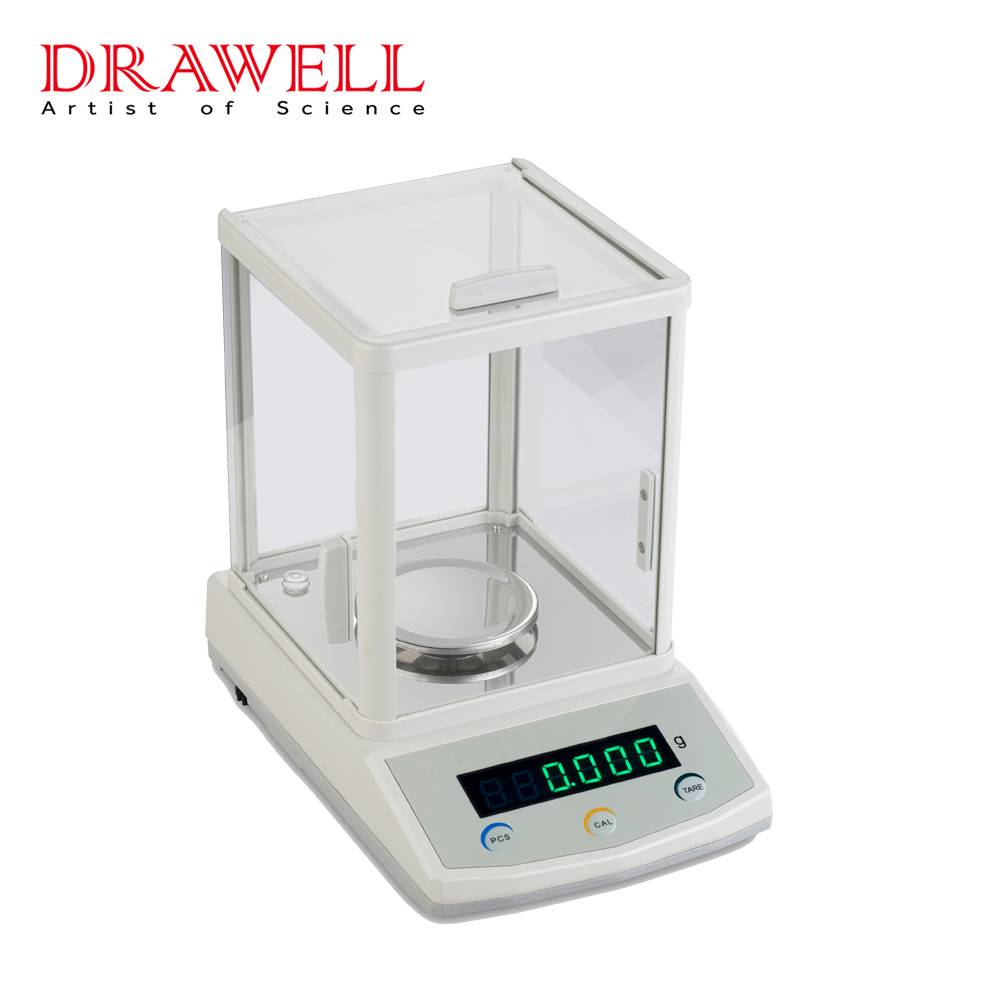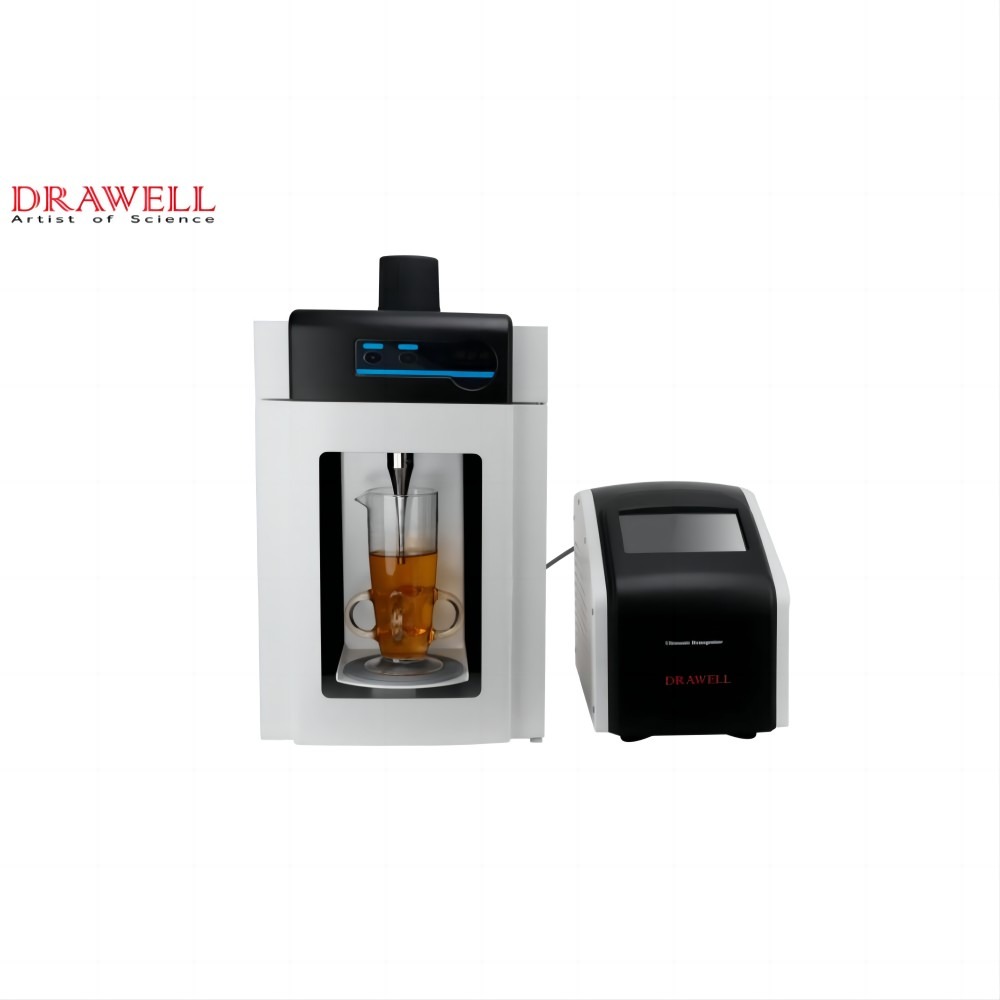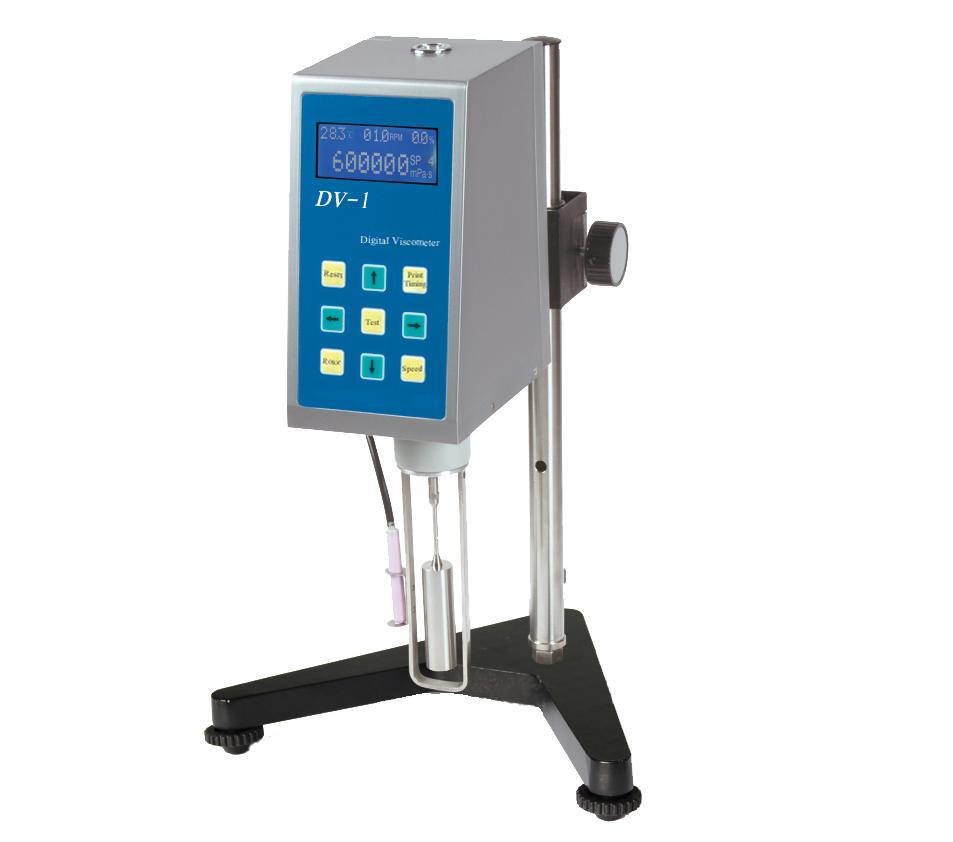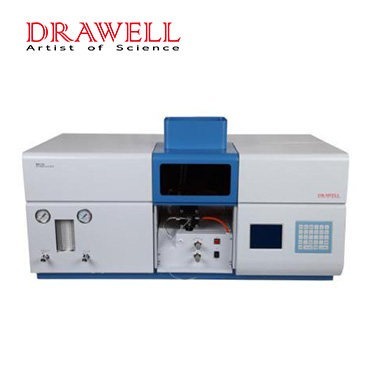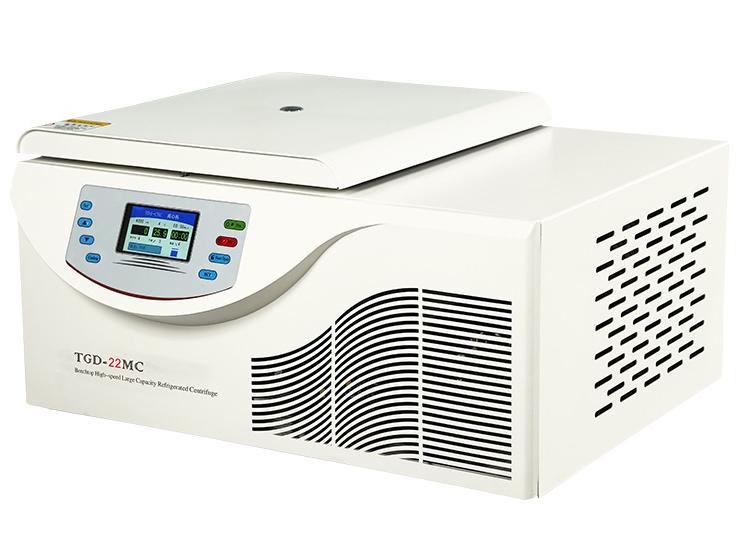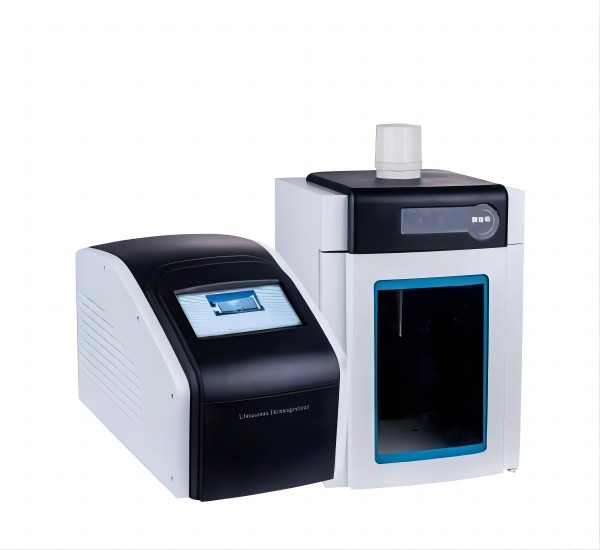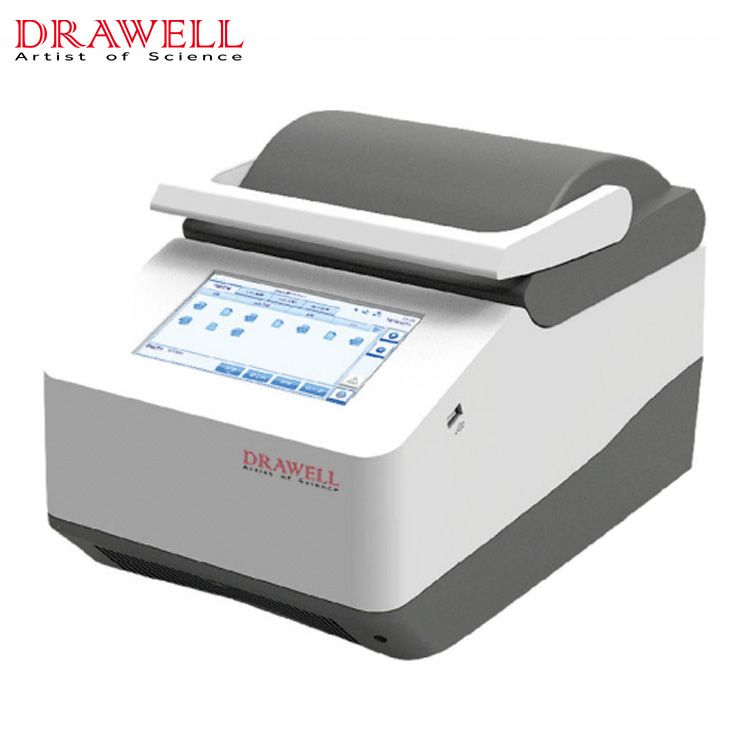News
What are Different Types of Polarimeters and How to Select the Suitable Type
Polarimetry is an important analytical technique that is widely used in many scientific and industrial fields to determine the optical rotation of polarized light. This method yields valuable information about a substance’s chemical composition, concentration, and structure. Polarimeters are classified into several types, each with its own set of features and applications. In this article, we…
Exploring the Key Functions of Laminar Flow Cabinets: Creating Sterile and Controlled Environments
Maintaining a sterile and controlled environment is critical in a variety of scientific, medical, and industrial settings. The laminar flow cabinet is an important tool in accomplishing this. Laminar flow cabinets play an important role in creating clean workspaces by controlling airflow to minimize contamination and ensure the safety of both the environment and the experiments…
The Significant Role of Analytical Balance in Chemistry: Guardian of Accurate Measurement
Precision is essential in the field of chemistry. The precision of measurements is critical to the success of experiments and analyses. The analytical balance, a critical instrument that has become indispensable in laboratories worldwide, is at the heart of this precision. In this article, we discuss the topic of analytical balance in chemistry, delving into the significance of analytical…
Unveiling the Power of Ultrasonic Homogenizer: From Principle to Application
Ultrasonic homogenizer, also known as sonicator, have become indispensable tools in a vast array of scientific and industrial applications. These ingenious devices utilize high-frequency sound waves to achieve rapid and efficient homogenization, disruption, and emulsification of diverse materials. But what exactly lies beneath the surface of this seemingly magical process? This article delves into the…
What Are the Differences among 4 Popular Viscosity Testers? A Comparison of NDJ 8s, NDJ5s, LVDV, RVDV
Viscosity, the measure of a fluid’s resistance to flow, plays a crucial role in various industries, including pharmaceuticals, food processing, and manufacturing. Accurate viscosity measurement is vital for quality control and process optimization. To achieve this, different types of viscosity testers are available, each designed to suit specific applications. In this article, we will delve into…
Flame Atomic Absorption Spectrophotometer(FAAS): Types of Flames and Different Applications
The Flame Atomic Absorption Spectrophotometer (FAAS) is a widely used analytical technique for determining the concentration of metal elements in a sample. It utilizes the principle of atomic absorption, where excited atoms in a flame absorb light at specific wavelengths, leading to a decrease in the intensity of the transmitted light. Here we will talk about the…
Refrigerated Centrifuge: Everything You Need to Know
A refrigerated centrifuge is a powerful tool used in various scientific research and industrial applications. It combines the function of a regular centrifuge with the benefit of temperature control, making it ideal for separating particles sensitive to heat or requiring specific processing temperatures. This article will delve into the different types of refrigerated centrifuges, their key features, and basic…
What are Different Types of Homogenizers and How to Select the Appropriate Type
Homogenization is an important process in many industries, including food and pharmaceuticals, cosmetics, and biotechnology. This procedure involves reducing or eliminating the particle size of a substance in order to produce a uniform and stable product. Homogenizers are critical to achieving this goal. There are various types of homogenizers available, each one designed for a specific…
How Does an XRF Gold Analyzer Work
In the ever-evolving world of precious metal analysis, technology plays a pivotal role in ensuring accuracy and efficiency. One such technological marvel in the field of gold analysis is the XRF gold analyzer. This sophisticated instrument has revolutionized the way gold content is measured, providing rapid and precise results. In this article, we will delve…
The Art and Science of DNA Amplification by PCR: Revolutionizing Genetic Research
The Polymerase Chain Reaction (PCR) is a game-changing technique that allows scientists to solve DNA mysteries with unprecedented precision and efficiency. The amplification of DNA by polymerase chain reaction (PCR) has become a cornerstone in a variety of scientific disciplines, ranging from genetics and medical diagnostics to forensics and beyond. In this article, we will focus…


